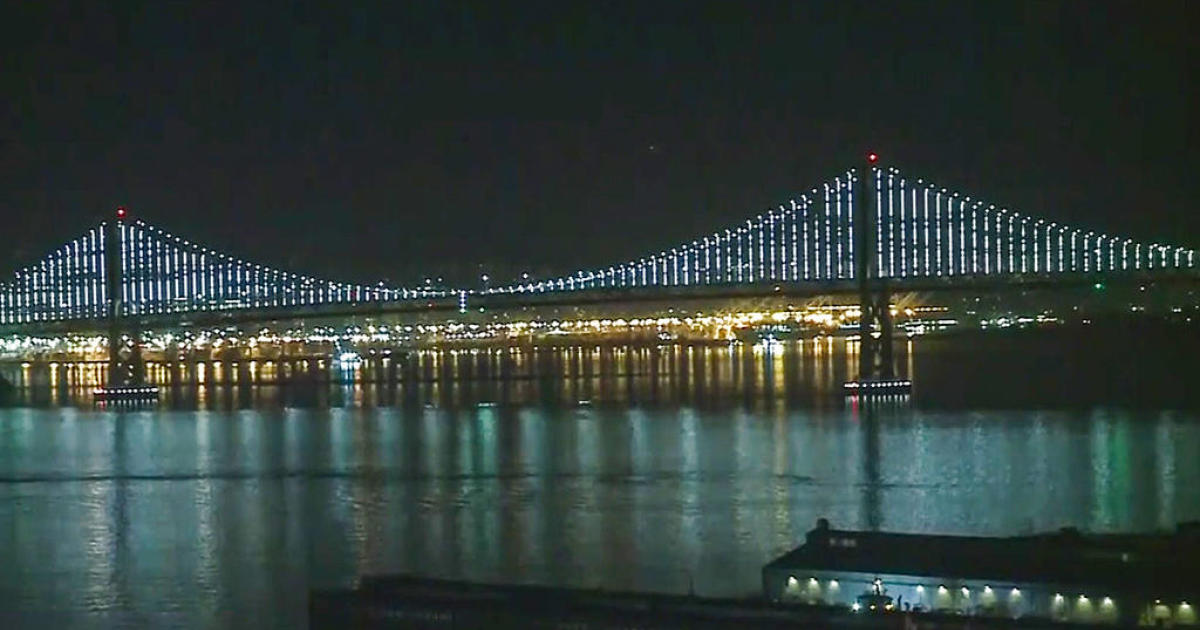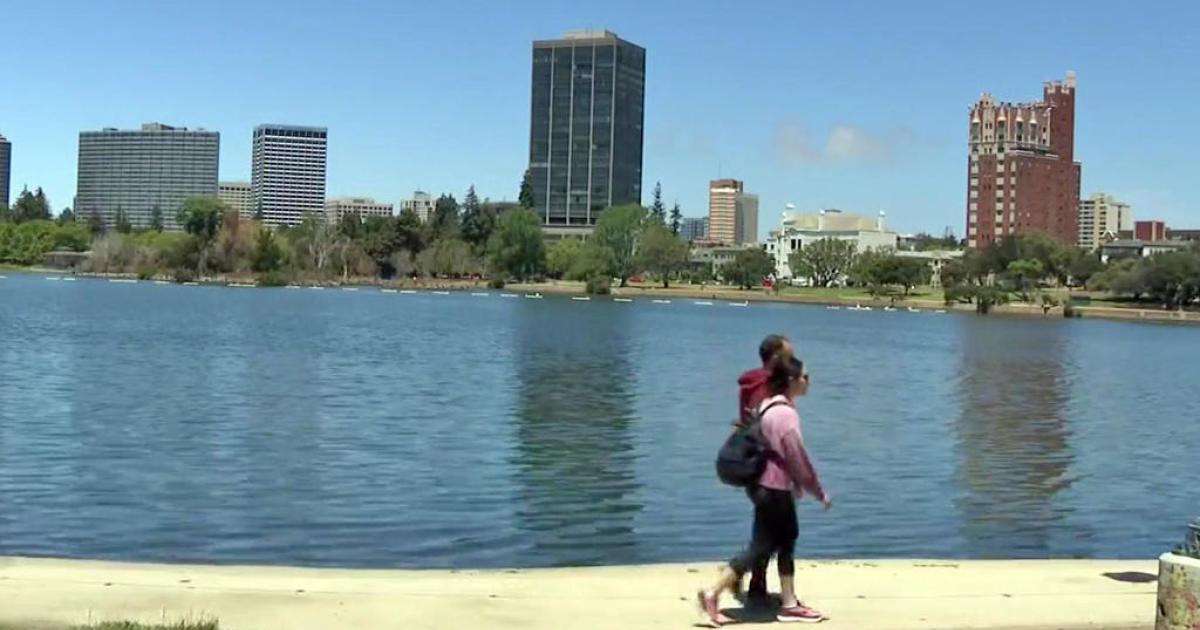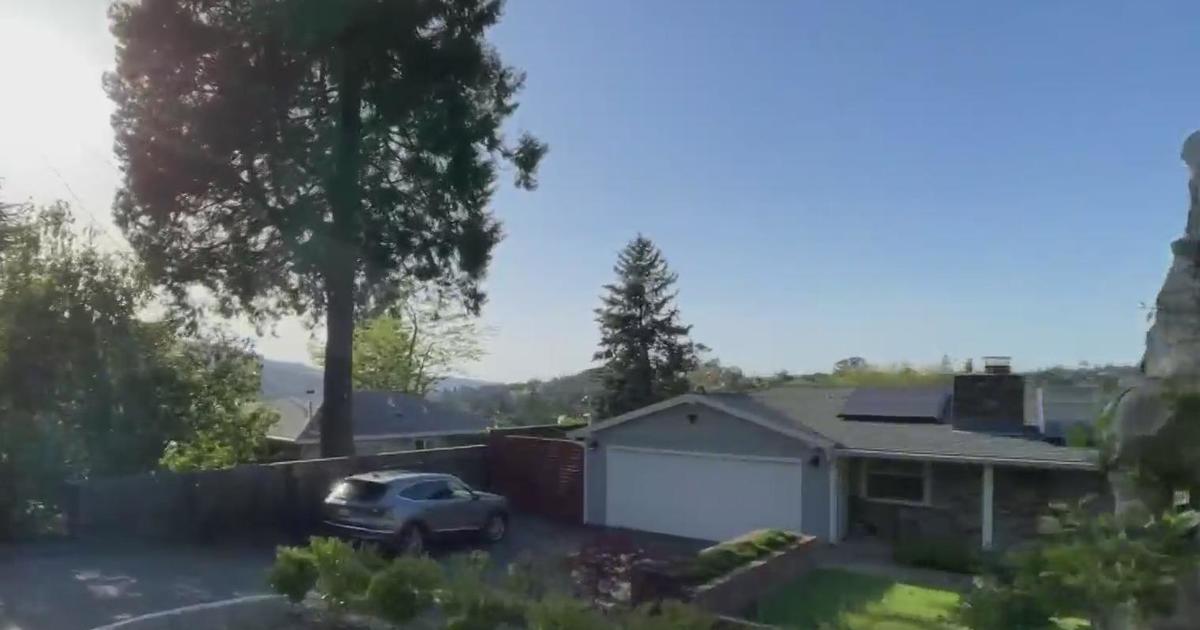CSU East Bay professor talks about when the next big earthquake could hit
It's been 34 years since the 1989 Loma Prieta earthquake, and some may remember the day vividly. Others weren't even alive and have never experienced a strong earthquake. But often, Californians are told to be ready for "the next big one."
CSU East Bay professor and structural geologist Dr. Luther Strayer has been studying the Hayward fault since 2013.
"There will be an earthquake probably in a lot of our lifetimes. I would guess in the next 30 years, everybody who is living in the Bay Area will experience a pretty large earthquake," Strayer said.
ALSO READ: Magnitude 4.1 earthquake strikes near Isleton in the Delta, triggers ShakeAlert warning
"The recurrence interval on the Hayward fault is somewhere between 140-170 years, and we're in that range from 1868."
The 1868 Hayward fault earthquake is estimated to have been a 6.8 to 7.0 magnitude one, according to the U.S. Geological Survey. And the one expected to hit in the next 30 years or so is expected to be around the same.
"My colleagues at the USGS tend to think that it'd be somewhere in the ballpark of a 6.8," Strayer said.
ALSO READ: Loma Prieta earthquake 34 years ago could have been far more devastating in the Bay Area
That's why experts continue to stress the importance of being prepared.
"Predicting earthquakes is as of yet impossible. What we can do is tell you whether or not a fault is likely to go," Strayer said.
"It's going to happen. These things can't be wished away. I would make sure to have a kit that would allow you to survive for a few days, maybe a week or so without a lot of water, perhaps shelter," he added.
At his house, Strayer said he has recycling-type bins that he keeps outside with food, bottled water, a tent and sleeping bags.
CSU East Bay sits in between two faults – the Hayward fault and the Chabot fault.
ALSO READ: Since Loma Prieta, Bay Area earthquake sensor network has expanded nearly fivefold
"The Chabot fault isn't active at our time scale right now, but we would not be surprised to see it be reactivated. And during a Hayward fault event, it would not be surprising to see the Chabot fault move as well," Strayer said.
KPIX 5 talked with Strayer inside the science building. Across from it, there's a building under construction.
He said, when they first started building it, he was curious about how it was being built.
"There's diagonal bracing, big pieces of steel. This should stick around," he said.
He wasn't so sure about the science building we were in and how it would do in a 6.8 earthquake though.
But he said something residents should be thinking about is water and having a good supply of it in their kit.
"If water mains break, then that's going to be a big problem," he said.




